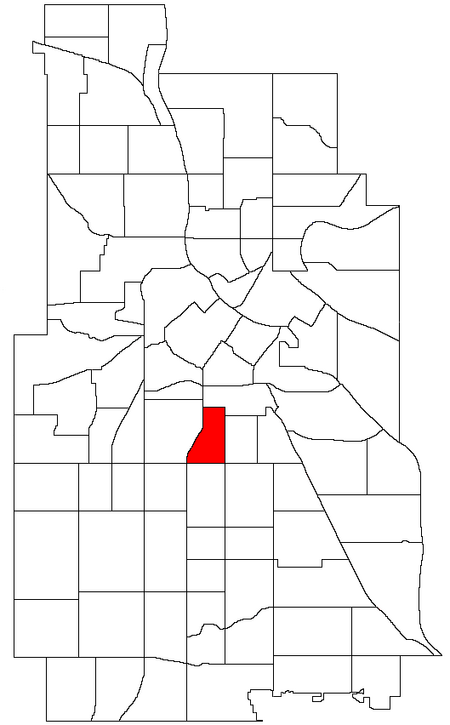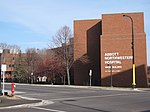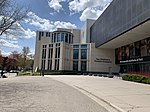The Children's Theatre Company (formerly known as The Moppet Players from 1961 to 1965) is a regional theater established in 1965 in Minneapolis, Minnesota, specializing in plays for families, young audiences and the very young. The theater is the largest theater for multigenerational audiences in the United States and is the recipient of 2003 Tony Award for Outstanding Regional Theatre. The founding is credited to John Clark Donahue and Beth Linnerson. Many productions are adaptations from children's literature including Pippi Longstocking, The 500 Hats of Bartholomew Cubbins, Cinderella, How The Grinch Stole Christmas, A Year with Frog and Toad and Alice in Wonderland that have been in the company's repertoire for many seasons. Among their early premiere productions was Richard Dworsky's musical version of The Marvelous Land of Oz, which was one of several productions to be issued on video in the early 1980s. The casts themselves are a mix of adult and young adult performers.The programs began operating from space donated in a restaurant before moving to an abandoned fire station donated when the troupe affiliated itself with the social service agency Pillsbury-Waite Settlement House. It is now located next to the Minneapolis Institute of Arts.
It previously operated as an accredited school, The Children's Theatre Company and School, first as an "after school" component of the Twin Cities' Urban Arts program and, by the early 1980s, as its own accredited grade school and high school. Students were taught regular academic curricula for the first half of the day and then studied performance arts for the second half.
The theater was founded by John Clark Donahue along with John Burton Davidson, Shirley Diercks, Martha Pierce Boesing and Beth Leinerson.
Jon Cranny served as the theater's second artistic director from 1984 until 1997, when Peter C. Brosius became the theater's third artistic director alongside the theater's managing directors: Theresa Eyring (1999–2007), Gabriella Callichio (2007–11), Tim Jennings (2011–15) and Kimberly Motes (16-present). The theater's production of A Year with Frog and Toad, which completed a run at the Cort Theatre on Broadway in June 2003. In 1998, under Brosius' leadership, the theater established Threshold, a new play laboratory which has created world premiere productions by Nilo Cruz, Jeffrey Hatcher, Kia Corthrun, and Naomi Iizuka. Along with new play development, Brosius has helped launch new education programs, including the internationally renowned Neighborhood Bridges program.
Architect Michael Graves designed the expansion for the theater in 2001. In 2003, the theater received the Tony Award for excellence in regional theater. The November 2, 2004, edition of Time magazine named the company as the top theater for children in the U.S.








